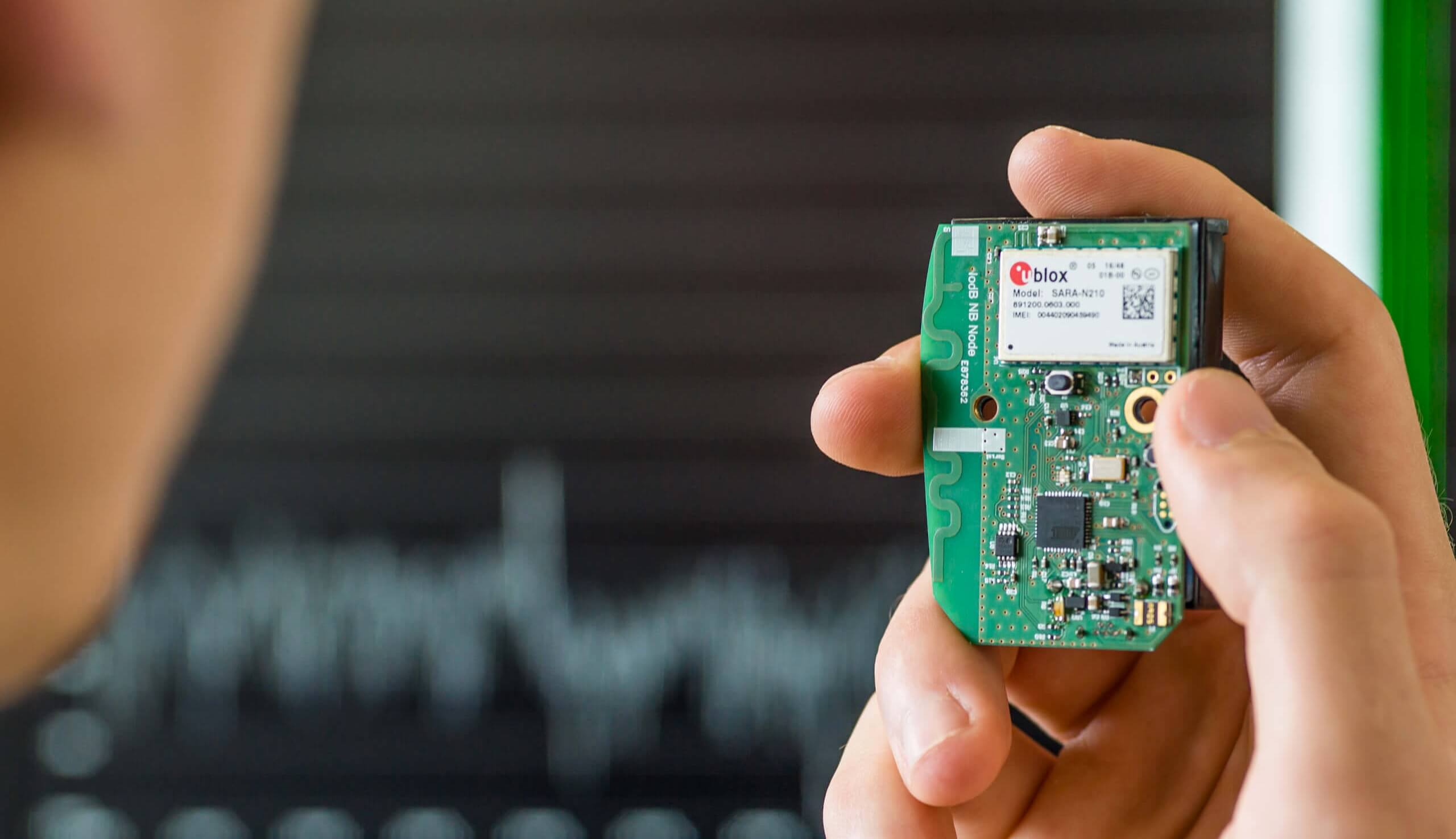What if you could use connected IoT-modules under the ground you stand on? Will you still be able to get a connection? TWTG found out and, spoiler alert: yes you can – go underground with LoRa.
TWTG researched if and how LoRa WAN and Narrow Band IoT (NB IoT) can be used underground, and yes: with both technologies we send and received signal up to 40CM below ground.

Let’s start with the good stuff, which are the use cases that are being enabled now connectivity options rise. We foresee great potential in the field of pipelines, (building) construction, parking spots and agriculture. For example: tracking soil condition as a farmer for the best results or predictive maintenance cases in hard to reach area’s such as in or below concrete, street level, etcetera.
Small technical introduction: LoRa WAN has been around for around 2 years now. Since TWTG is one of the co-founders of The Things Network, we can truly say we know this protocol inside and out. NB IoT is still very new, but we had the privilege to test it already together with both T-Mobile and Vodafone. Both these amazing technologies will make all kinds of use cases connected, but we wanted to know if you need to transmit from non-ideal situations, like 40cm underground, which technology should you pick; LoRa, NB IoT, none of the above?
We started with the math… but to really, really test this, we needed old school research in the field. We quite literally dug our way through it.
We tested at different depths, in different soils and checked if the modules could still communicate. To test this, multiple mobile data-providers such as T-Mobile, Vodafone (both NB IoT) and KPN (LoRa WAN) and a self hosted LoRa WAN network were compared in the urban, Rotterdam area. The results were impressive.
Note: the field test was done within the test NB IoT-network from T-Mobile NL, in wet clay soil (which is practically worst case) and measures were taken to avoid other confounding variables.
Right from the start it’s clear: If you go down to a depth up to 40 centimeters, Narrow Band is capable to stay connected with no problems at all. When we tested the KPN LoRa WAN, it disconnected at around 10cm depth in the different locations tested. This was expected, since “indoor” coverage is not yet enabled by KPN. With an self hosted LoRa WAN gateway, the results were better. At around 40 cm depth we had a range above ground left of around 300m.
The big difference here between LoRa and NB-IoT is clear. NB IoT outperformed LoRa, due to the fact it uses a very narrow radio band (hence the name).The frequency allows to penetrate better in hard to reach areas than the wide spectrum LoRa modulation. That’s why we say NB-IoT is better suited to use in underground use cases.




